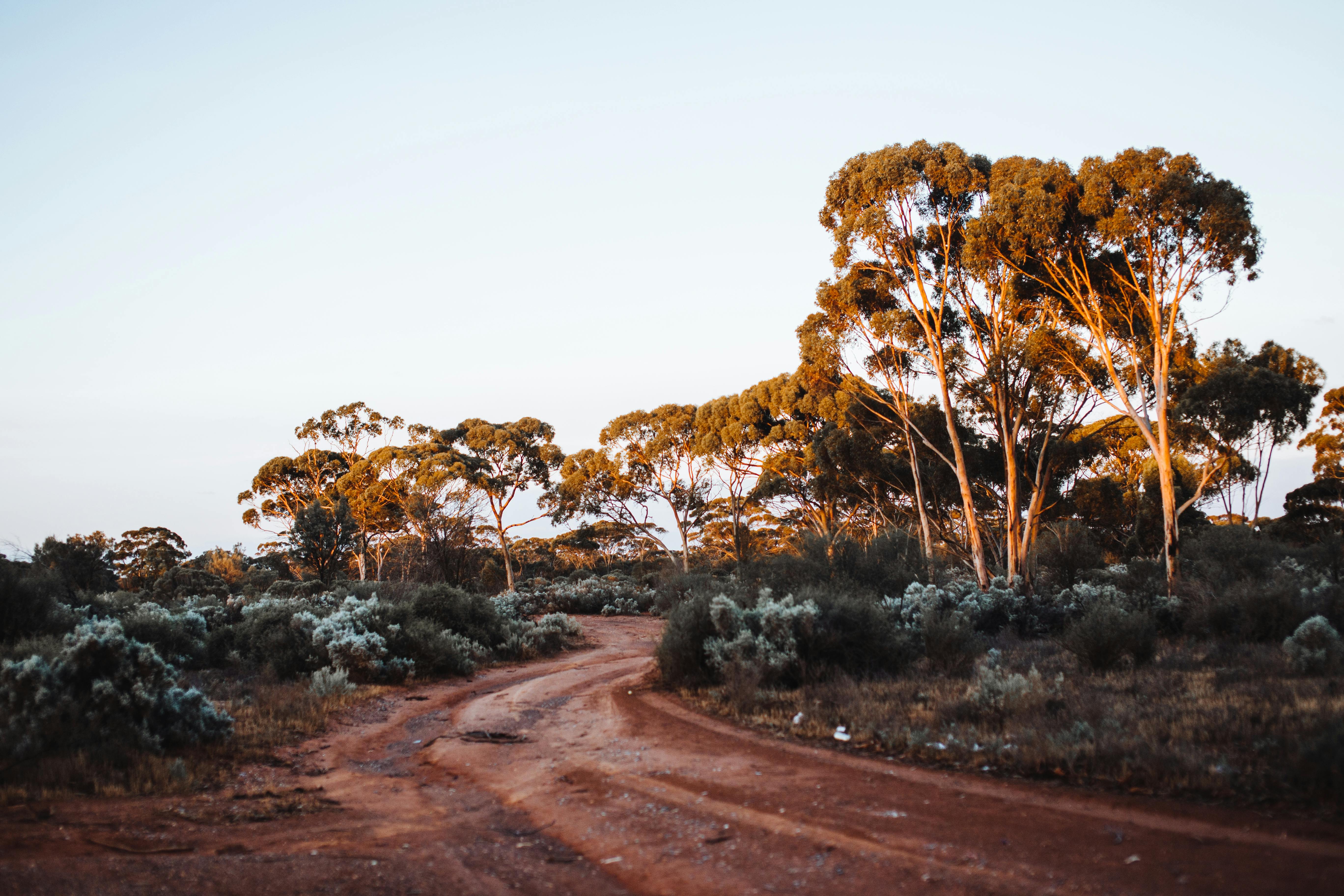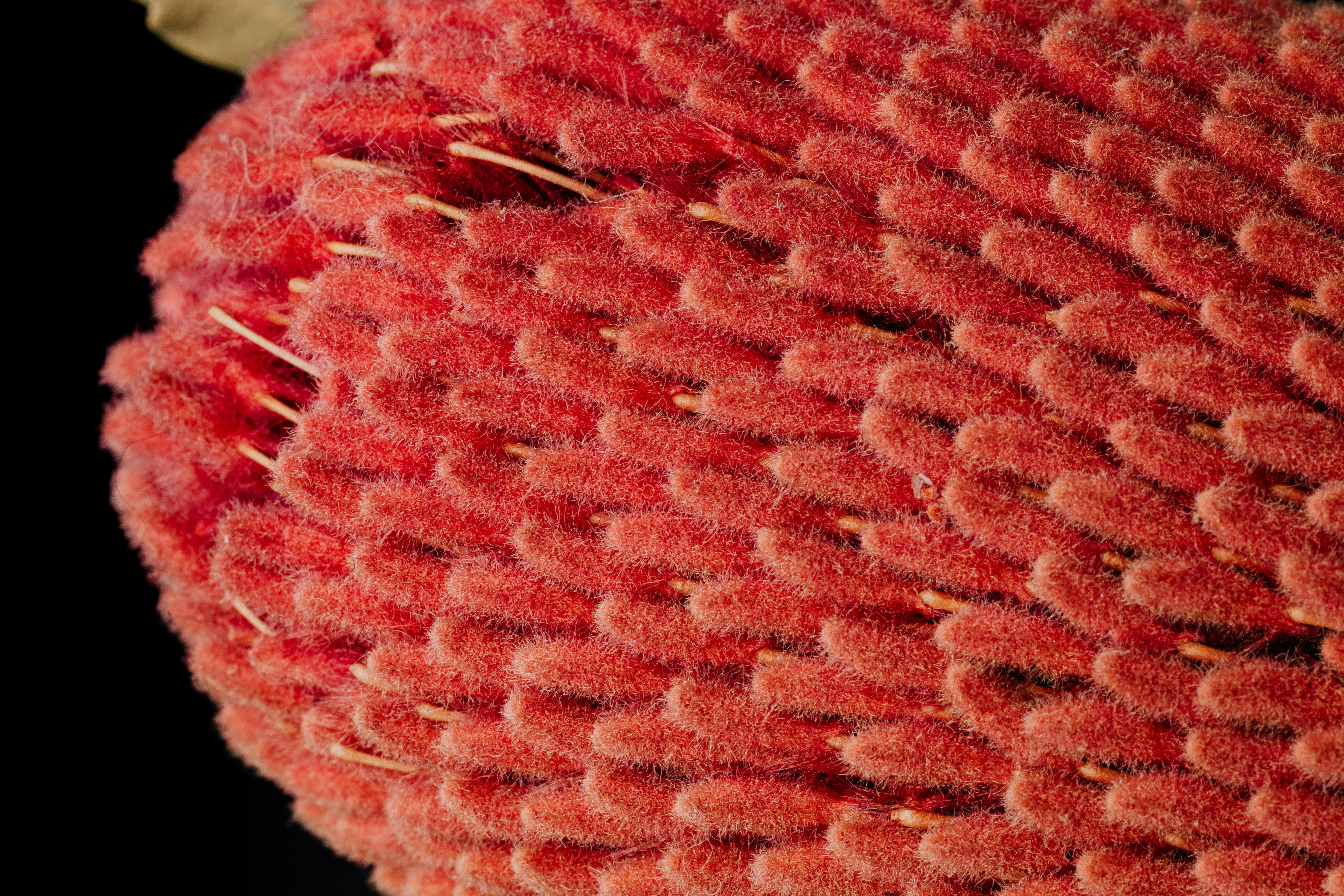Ginger is a popular root vegetable grown in many parts of the world including Australia. With its warm, spicy flavour, ginger is a versatile ingredient that can be used in savoury dishes, desserts and beverages. Knowing when to plant ginger in Australia is important for getting the best results from your crop. This article will provide information on the best times of year to plant ginger in Australia and advice on how to care for your ginger plants.The best time to plant ginger in Australia is during the summer months, typically from October to February. It is important to ensure that the soil temperature is warm enough for the ginger to germinate and grow, which should be around 20-30 degrees Celsius. It is also important to keep the soil moist throughout the growing season for optimal growth.
What Is The Optimal Climate For Growing Ginger In Australia?
Ginger is a versatile and popular spice that is widely used in many cuisines around the world. In Australia, it can be grown in a variety of climates, but optimal conditions are required for an abundant and high-quality harvest. For successful ginger cultivation in Australia, a warm and humid climate with plenty of sunshine is essential.
Ideally, the temperature should range between 18-30°C (64-86°F) during the day and 15-20°C (59-68°F) at night. This temperature range helps to promote healthy growth and development of the ginger plants. The soil should also be well drained and nutrient-rich to ensure optimum production.
Ginger requires high levels of humidity for optimal growth. In Australia, it is recommended to irrigate the crop regularly with water to maintain an adequate level of humidity. It is also important to provide shade during particularly hot days in order to protect the plants from intense sunlight which could cause damage.
Finally, it is important to ensure that there are no major fluctuations in temperature as this can cause stress on the ginger plants. A stable climate will encourage steady growth and ensure that a high quality crop can be achieved each season. With adequate care and attention, ginger can be successfully grown in Australia under optimal climatic conditions.
Soil Requirements for Planting Ginger in Australia
Ginger is a common ingredient used in many dishes and desserts, and it can be grown in many parts of the world. In Australia, ginger requires specific soil requirements in order to thrive. The ideal soil should be moist, deep and well-drained, with a slightly acidic pH of 6.5 to 6.8. Sandy loam soils are the best choice for ginger root production as they are lightweight and easy to dig. Soils with good organic content are also beneficial as they help retain moisture and provide nutrients for the plant to grow. It is also important that the soil is free from weeds and pests as this can affect the quality of the ginger harvest. Adding compost or manure will help improve soil structure and fertility, providing an ideal environment for the ginger roots to thrive.
Preparing the Soil for Planting Ginger in Australia
Ginger is a versatile crop that can be grown in a variety of soils, but it is important to ensure the soil is well-prepared before planting. The best soil for growing ginger in Australia is a light, well-draining loam or sandy loam soil, with a pH between 5.5 and 6.5. If the soil is too acidic, adding lime can help to raise its pH level.
Before planting, the soil should be turned over and any weeds or debris removed. Compost can then be added to improve drainage and fertility. To ensure the optimal conditions for ginger growth, it is also important to add plenty of organic matter such as aged manure or composted leaves. This will help to improve the structure of the soil and increase its nutrient content.
Adding a layer of mulch around the ginger plants can also help to retain moisture, reduce water loss and prevent weed growth. It should be applied after planting, with an organic mulch such as straw or hay being preferable over plastic sheeting or garden fabric which may block air circulation and water penetration into the soil.
Finally, it’s essential to keep the soil moist throughout the season by providing regular watering. This will allow for maximum root growth and development so that ginger plants can reach their full potential in terms of yield and quality.
By following these steps before planting, growers in Australia can ensure they have created an ideal environment for successful ginger production.
How To Plant Ginger Rhizomes In Australia?
Planting ginger rhizomes in Australia can be a rewarding experience. Not only are the plants easy to grow and maintain, they also produce a flavorful spice which can be used in many dishes. Before starting your planting project, you’ll need to make sure you have the right climate and soil conditions for successful growth. It’s also important to select the correct type of rhizome for your area, as some varieties may not do well in certain climates. Once you understand the basics, follow these steps to get started with planting ginger rhizomes in Australia.
First, prepare the soil by removing any weeds or debris and loosening it to a depth of at least six inches. Add organic matter such as compost or manure and mix it in thoroughly. You’ll need a sunny spot with well-draining soil that’s slightly acidic (pH 6-7).
Next, purchase ginger rhizomes from a local garden center or online nursery. Select healthy looking rhizomes that are firm and free from disease or rot. You’ll want to choose varieties that are suited to your climate; for example, Red Ginger and White Turmeric do well in Australian regions with warm summers.
When ready to plant, cut the rhizome into sections about two inches long with two or three buds each. Place them on top of the prepared soil about two inches apart and cover lightly with more soil so that they’re just barely covered. Water them immediately after planting and keep them moist until new shoots appear. Be sure not to overwater as this can cause root rot; instead water only when the top inch of soil is dry.
Finally, continue caring for the plants by keeping them weed-free and fertilizing every few weeks throughout summer using an organic fertilizer such as fish emulsion or seaweed extract. As autumn approaches, reduce watering so that the plants are dry enough for dormancy over winter; this will help ensure good production next season! With proper care and attention, you’ll soon be enjoying fresh ginger harvested from your very own garden!

Planting Ginger In Australia
Ginger is a popular and versatile ingredient in many cuisines, and growing it in Australia can be very rewarding. Planting ginger is relatively easy, but the spacing of the plants is important to ensure the best results. Proper spacing of ginger plants will ensure that they receive ample sunlight and air circulation, which will help them to thrive.
When planting ginger in Australia, it is recommended to space the plants approximately 40 cm apart. This will provide enough room for the roots to spread out and absorb moisture and nutrients from the soil. It will also allow for adequate air circulation around each plant, which can help reduce the risk of disease or pests.
It is also important to make sure that the soil where you are planting ginger is well-drained. Ginger prefers moist but not soggy soil, so make sure there are no puddles after watering or rain. Additionally, adding a layer of mulch around each plant can help conserve moisture and reduce weeds.
Finally, it is important to remember that ginger grows best in warm climates with full sun exposure for at least six hours a day. If you live in a climate that has cooler winters, you may want to consider planting ginger indoors or using a greenhouse to protect your plants from frost damage.
Overall, when planting ginger in Australia it is important to remember that proper spacing of plants is essential for good growth and production. Space your plants approximately 40 cm apart and make sure that they have access to plenty of sunlight and well-drained soil for optimal results.
Caring for Ginger Plants in Australia
Ginger plants are a popular choice for Australian gardeners due to their attractive foliage and fragrant flowers. Growing ginger plants in Australia requires some special care, as the climate can be quite unpredictable. Here are some tips for successfully growing ginger plants in Australia:
Choose a sheltered spot: Ginger plants should be planted in a protected area of the garden, as they can suffer from strong winds and frost. Try to find a spot that receives partial shade during the hottest parts of the day.
Provide plenty of water: The soil around ginger plants should remain moist but not waterlogged. Water regularly, especially during periods of dry weather, and add mulch around the base to help retain moisture. Ensure adequate drainage by planting in raised beds or on mounds if necessary.
Fertilize regularly: Ginger plants require regular feeding to ensure healthy growth. Use an organic fertilizer such as manure or compost every few months during the growing season.
Protect against pests: Ginger plants can be susceptible to aphids, mites and other pests. Regularly inspect the plant for signs of infestation and treat with an appropriate pesticide if necessary.
Harvest at the right time: Ginger is best harvested when it is mature but still young. It should be cut just above ground level using a sharp knife or pruners. The harvested root should then be washed and stored in a cool, dry place until ready for use.
By following these tips, you can successfully grow ginger plants in Australia and enjoy their fragrant flowers and pungent flavour throughout the year.
Common Problems Of Growing Ginger In Australia
Growing ginger in Australia can be a challenging task, as the climate and soil conditions can vary greatly from region to region. The most common problem encountered when growing ginger in Australia is the lack of adequate water and nutrients for the plant to thrive. Poor soil drainage and blackspot disease are also common issues, which can affect the quality and yield of ginger plants. Pests such as mealybugs and nematodes can cause significant damage to ginger roots, further reducing yields. Finally, in regions where temperatures fall below 10°C, ginger plants may struggle to produce adequate growth.
In order to address these issues, it is important to select an appropriate variety of ginger for the local environment. Soil should be well-draining and amended with organic matter such as compost or manure to improve fertility and moisture retention. Mulching around the base of the plant can help reduce weeds, conserve moisture, and prevent blackspot disease from forming on the leaves. Finally, regular monitoring for pests such as mealybugs will help keep them under control and ensure healthy growth throughout the season.

Conclusion
Ginger is a versatile and easy to grow vegetable that can be planted in Australia all year round. The ideal time to plant ginger is late winter or early spring, when the temperature is mild and the soil moist. Planting in late spring or summer can also be successful, but it may require more maintenance due to the heat and dryness of the season.
When planting ginger, it is important to choose a location with plenty of sunlight and rich soil. Make sure to prepare the soil beforehand by adding compost or organic matter to increase its fertility. Water regularly until the ginger has established itself and fertilize regularly during the growing season.
Ginger can be harvested within 8-10 months after planting, depending on how large you want them to grow. To ensure a successful harvest, make sure your plants are well cared for during their growing season with adequate water, sun exposure, and fertilizer.
Overall, planting ginger in Australia can provide a delicious addition to your kitchen garden all year round!

